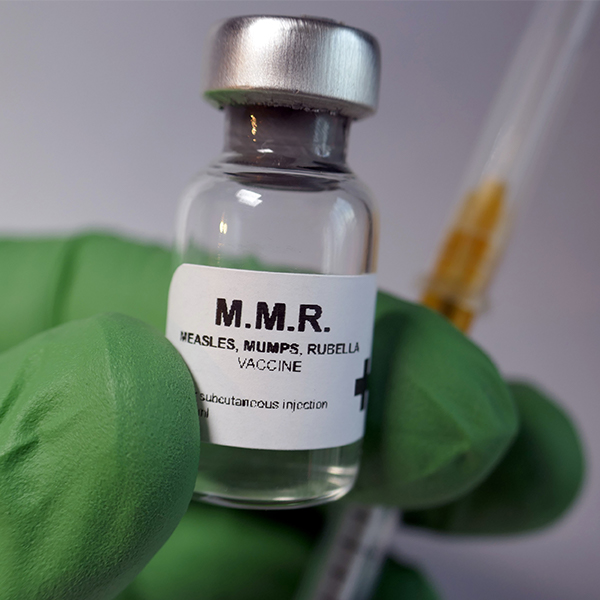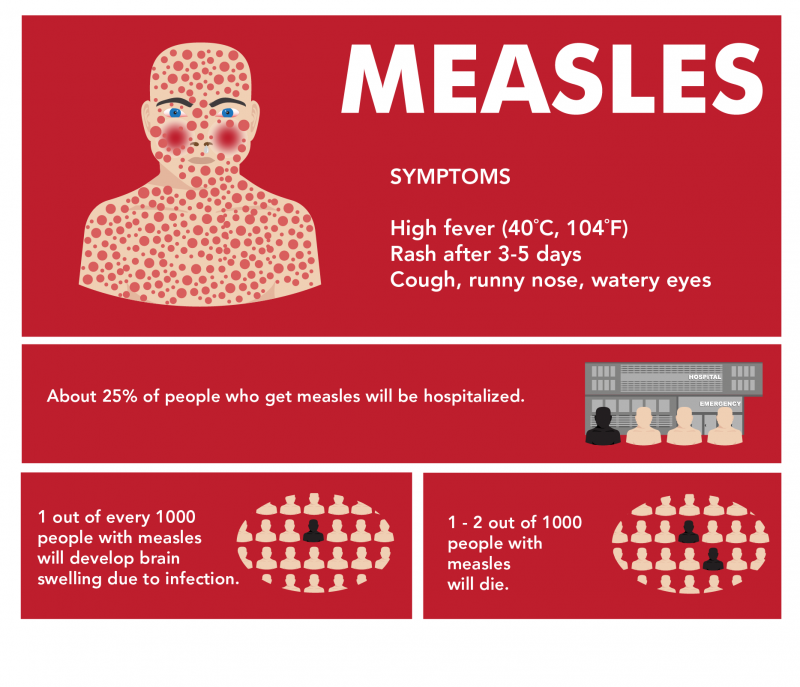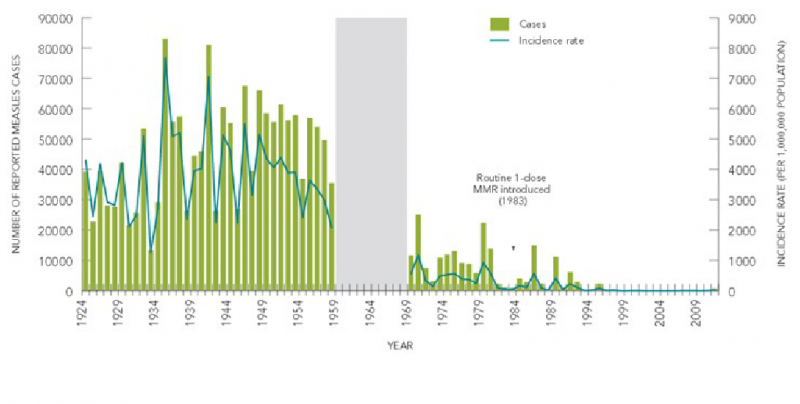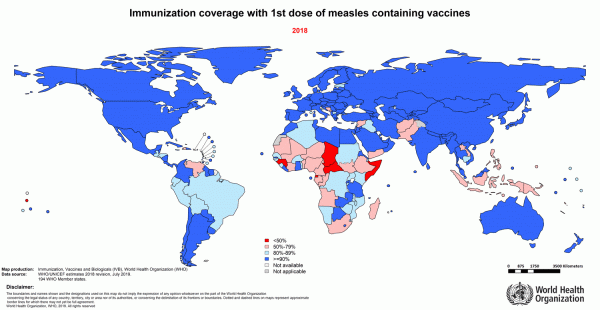Measles and Measles Prevention

Bottle of Measles, Mumps, Rubella (MMR) vaccine (Hailshadow, iStockphoto)

Bottle of Measles, Mumps, Rubella (MMR) vaccine (Hailshadow, iStockphoto)
7.21
How does this align with my curriculum?
Curriculum Alignment
BC
11
Science for Citizens 11 (June 2018)
Big Idea: Scientific processes and knowledge inform our decisions and impact our daily lives.
YT
11
Science for Citizens 11 (British Columbia, June 2018)
Big Idea: Scientific processes and knowledge inform our decisions and impact our daily lives.
BC
11
Life Sciences 11 (June 2018)
Big Idea: Life is a result of interactions at the molecular and cellular levels.
NU
11
Knowledge and Employability Science 20-4 (Alberta, 2006)
Unit C: Disease Defence and Human Health
YT
11
Life Sciences 11 (British Columbia, June 2018)
Big Idea: Life is a result of interactions at the molecular and cellular levels.
NT
11
Knowledge and Employability Science 20-4 (Alberta, 2006)
Unit C: Disease Defence and Human Health
NB
11
Sciences de la nature, 11e année (2005)
Thème 3: Microorganismes, système immunitaire et santé


